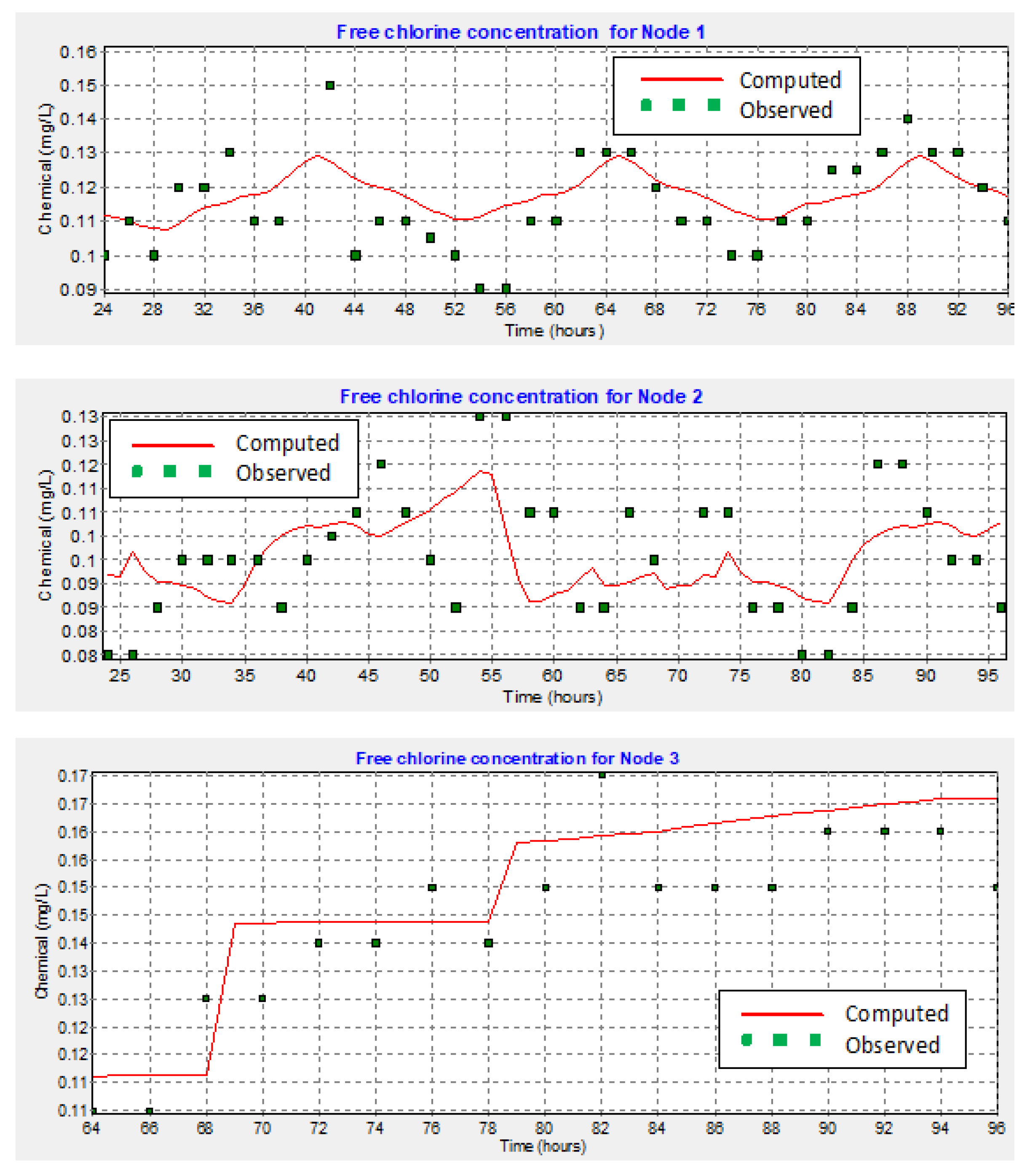

2018) are other methods to implement pressure control programs. 2018) and applying variable speed pumps (VSP) ( Monsef et al. 2015), optimizing the water storage level in the tank ( Gupta et al. 2015), finding the optimal location of the turbines ( Corcoran et al. Replacing the pipe and installing the control valve ( Creaco & Pezzinga 2014), providing a mixed-integer nonlinear program (MINLP) for minimizing the mean pressure through optimal placement and operation of the control valves ( Pecci et al. The focus of initial research has been on determining the number, location, and setting of such PRVs while maintaining the minimum required operational pressure at every node and minimizing the leakage in the system as problem objectives ( Javadinejad et al. These include reducing the pressure head, creating pressure zones, using flow control valves or pressure-reducing valves (PRVs).

Several methods can help reduce or eliminate the excessive pressure on the network. Conversely, knowing various methods for implementing PM is of utmost importance. Studies suggest that this method can be an effective tool for decision making and determining the optimal solution to improve WDN resilience ( Covelli et al. Over the past decades, the effectiveness of the pressure control approach and its encouraging results have been repeatedly expressed in various studies. Furthermore, the average fluctuations of pressure reduced from 9.7 meters to 3.5 meters. The mean pressure decreased 54% by applying this strategy. Studies show that creating pressure-management areas by hydraulic analysis by MOC will determine the best control strategies. In addition, by measuring the flow rate and pressure of the network and the results of the minimum night flow method, three consumption patterns were used to generate pulsed nodal demands. Also, the experimental results of a laboratory network have been applied to validate and calibrate the numerical simulation. The generated code analyzes unsteady flow, pressure-driven demand analysis, and dynamic adjustment of pressure control valves based on the target node. A computer code based on the method of characteristics (MOC) has been developed for network hydraulic analysis. This paper has investigated this approach in a rural network with hydraulic complexities as a case study so that some parts of the network have excess pressure and other low pressure. Service pressure regulation strategy is an evolved approach that encompasses all goals of pressure management.

Reducing the occurrence of pipe bursts, reducing leakage, and reducing energy consumption are the three main goals in implementing pressure control programs in water distribution networks.


 0 kommentar(er)
0 kommentar(er)
